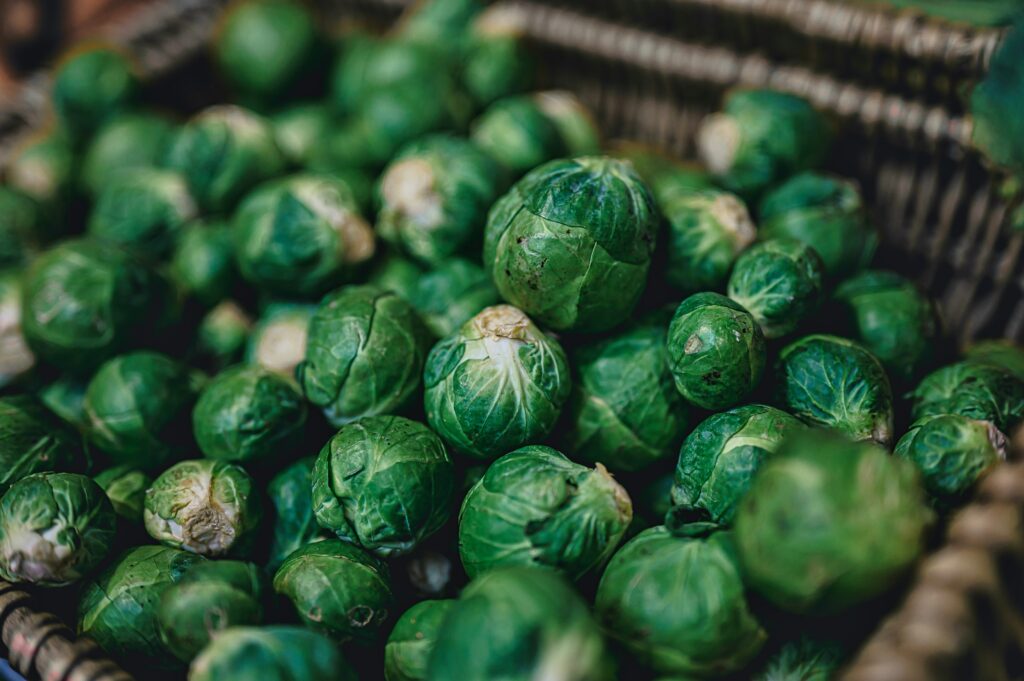From CO2Science: Working at the Center for Climate Resilient Agriculture (University of Agricultural and Horticultural Sciences, Shivamogga, Karnataka, India), the ten-member research team of Rangaswamy et al. (2021) recently explored “the impact of elevated CO2, elevated temperature alone and their combination on tomato plants and the extent to which enhanced CO2 concentration negotiates the harmful effects of elevated temperatures resulting in higher growth and yield.” They also assessed the effects of CO2 and temperature on tomato fruit quality.
Paper reviewed: Rangaswamy, T.C., Sridhara, S., Ramesh, N., Gopakkali, P., El-Ansary, D.O., Mahmoud, E.A., Abdelmohsen, S.A.M., Abdelbacki, A.M.M., Elansary, H.O. and Abdel-Hamid, A.M.E. 2021. Assessing the impact of higher levels of CO2 and temperature and their interactions on tomato (Solanum lycopersicum). Plants 10, 256, doi.org/10.3390/plants10020256.
Plants were grown in the field in open-top chambers under normal agronomic practices, receiving sufficient water and nutrient supplies. CO2 levels included ambient (414 ppm) and two elevated concentrations (550 and 700 ppm), which enrichment was applied during the hours 0730-1730 daily, from seven days after transplanting 30-day-old tomato seedlings until seven days before harvest. The elevated temperature treatment was set at 2°C above ambient and maintained via infrared heaters. In all, the several treatments included (1) control (ambient CO2 and temperature), (2) E1 (550 ppm CO2 and ambient temperature), (3) E2 (700 ppm CO2 and ambient temperature), (4) T (elevated temperature and ambient CO2), (5) E1+T (550 ppm CO2 and elevated temperature) and, (6) E2+T (700 ppm CO2 and elevated temperature).
In assessing the authors' findings, we have prepared Figures 1 and 2 below using data obtained from Rangaswamy et al.'s Tables 1-4. Figure 1 depicts the percent change in various growth and yield attributes due to elevated CO2 under either ambient (the light and dark blue shaded bars) or elevated (the light and dark green shaded bars) temperature conditions. As can be seen there, for a given temperature (ambient or elevated), elevated CO2 concentrations of 550 and 700 ppm stimulated each of the nine parameters, including plant height, number of leaves per plant, canopy spread, leaf area, number of flowers per plant, number of fruits per plant, fruit weight, yield per plant and yield per hectare.
A similar assessment could be made for the tomato quality traits depicted in Figure 2. There, it is seen that in nearly every instance elevated CO2 improved tomato keeping quality, total soluble solids (TSS), reducing sugars, non-reducing sugars, total sugars, titratable acidity, ascorbic acid (Vitamin C), carotenoid content and lycopene content. Consequently, in light of all of the above findings, Rangaswamy et al. conclude their work demonstrates "that the climate change in terms of increased temperature and CO2 will have a positive effect on tomato by way of increase in production and quality of fruits." And that is a win-win scenario for the future!

Figure 1. Percent change in various growth and yield attributes of tomato due to elevated CO2 (E1 = 550 ppm, E2 = 700 ppm) relative to ambient CO2 (414 ppm), under ambient (light blue and dark blue shaded bars) or elevated (+2°C above ambient temperature, light green and dark green shaded bars) temperatures. This graphic was created using data from Tables 1 and 2 of Rangaswamy et al. (2021).

Figure 2. Percent change in various growth and yield attributes of tomato due to elevated CO2 (E1 = 550 ppm, E2 = 700 ppm) relative to ambient CO2 (414 ppm) under ambient (light blue and dark blue shaded bars) or elevated (+2°C above ambient temperature, light green and dark green shaded bars) temperatures. This graphic was created using data from Tables 3 and 4 of Rangaswamy et al. (2021).



Good reporting on the real world.
What about elephants’ ears?
Even the climate alarmists have said well yeah the warming will cause more greening, but then they also try to play that off as very bad. I just don't understand what their end goal is? Constant fear so they can take more and more control in the name of "saving the planet"?